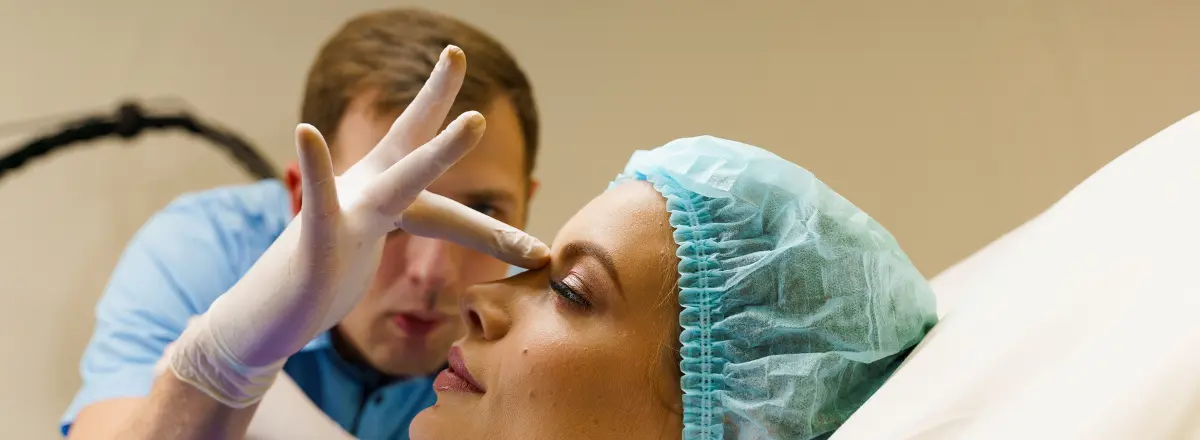Turbinate Reduction

Efficient breathing is crucial for overall well-being, and the health of the nasal passages plays a vital role in this process. At the ENT, Sinus & Hearing Care Center, we pride ourselves on offering a comprehensive range of services, one of which is turbinate reduction. Let's dive deeper into this procedure and understand its significance.
Understanding Turbinates and Their Role
In the intricate design of our nose, the turbinates stand as sentinel-like structures that functionally warm and moisturize incoming air, ensuring efficient lung operations. More than just anatomical structures, these bony formations, covered in mucus membranes, actively trap airborne particles. When functioning optimally, they maintain an open airway, facilitating easy breathing.
The Issue: Turbinate Hypertrophy
While turbinates have a protective role, they are susceptible to inflammation, especially with allergens around or during sinus infections. At times, this inflammation transcends its temporary state and becomes chronic. This leads to a condition called turbinate hypertrophy, characterized by:
- Nasal congestion
- Challenging breath patterns
- Occurrence of postnasal drainage
- Proneness to snoring and sleep apnea
- Frequent sinusitis and nosebleeds
To ensure a thorough diagnosis, our seasoned practitioners employ endoscopes to get a detailed view of the sinuses. If needed, advanced imaging techniques like CT scans or MRI might be prescribed.
Decoding Turbinate Reduction Treatment
Treatment strategies vary based on the underlying cause and severity of the hypertrophy. Sometimes, topical treatments like nasal corticosteroids or antihistamines can suffice. However, in persistent or severe cases, or when there’s an associated deviated septum, surgical intervention becomes necessary.
The turbinate reduction surgery at ENT, Sinus & Hearing Care Center is a minimally invasive procedure performed under general anesthesia. The objective is to access and trim the turbinates through the nostrils, with the patient being completely unaware and pain-free during the process. Thanks to the procedure’s efficacy and safety, most patients can go home the same day.
What About The Risks?
Like any medical procedure, turbinate reduction is not without its risks. Potential complications could arise from anesthesia or the surgical process. However, occurrences of complications like bleeding, scarring, or infections are rare. It’s imperative to discuss any concerns with your doctor to be well-informed and prepared.
Recovery and Post-operative Care
Post-surgery, the focus shifts to ensuring a smooth recovery. Dressings inside the nasal passages are typically placed to prevent bleeding and ward off infections. Patients might feel a bit congested initially, but this is a transient phase.
Here are some post-op care tips:
- Limit physical activities for the first 24 hours.
- Avoid intense physical exertions for a couple of weeks.
- Over-the-counter meds can alleviate discomfort.
- Consider sleeping with an elevated head.
- If swelling is noticeable, gently apply ice to the affected area.
At ENT, Sinus & Hearing Care Center, we’re committed to ensuring the best patient care before, during, and after the procedure. For any questions or concerns about turbinate reduction or any other services, feel free to get in touch.